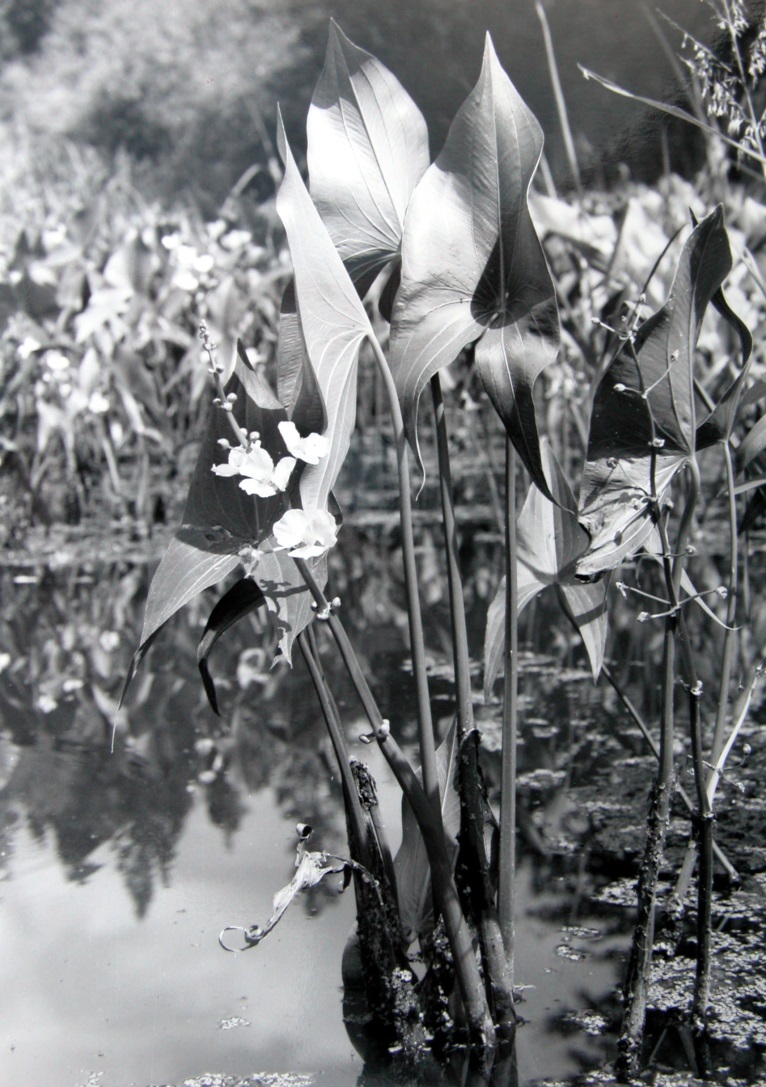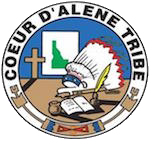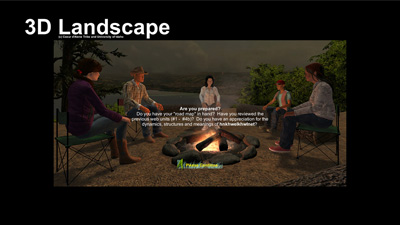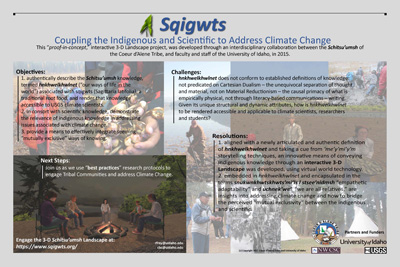Invitation

We seek to convey to you the meaning and significance of one example of our Schitsu'umsh (Coeur d’Alene) Indigenous knowledge and practice. Our term for this knowledge and practice is hnkhwelkhwlnet “our ways of life in the world.” Embedded within our hnkhwelkhwlnet are the core values and teachings, the miyp, “teachings from all things,” that have guided us since time immemorial. The particular focus will be on the miyp associated with one of our traditional root foods, called sqigwts (also known as Sagittaria latifolia, broadleaf arrowhead, duck-potato, wapato, Indian potato, and water potato).
You will be joining us through an interactive 3-D Landscape, with the accompanying web pages of this module. This is a presentation of our Indigenous ways that seeks to retain the authenticity and integrity of hnkhwelkhwlnet, providing an opportunity for general public sharing, for educational applications, and for understanding how we have engaged our dynamic landscape throughout time. With the rapidly changing and ever more volatile world landscape, we seek to demonstrate the applicability of hnkhwelkhwlnet, in consort with science, in initiatives and policies addressing climate change. As an Indigenous people, we the Schitsu’umsh can offer invaluable teachings and insights for us all. To view a short introductory video of the project.
In an effort to render Schitsu’umsh hnkhwelkhwlnet accessible to the scientific community and in particular to researchers addressing climate change, we are linking this 3-D Landscape module with an International Organization for Standardization (ISO) digital-based metadata repository. For additional background on ISO and the challenges we faced in linking our hnkhwelkhwlnet with it, see ![]() Representing indigenous knowledge products in ISO 19115.pdf
Representing indigenous knowledge products in ISO 19115.pdf
Of prime importance, the hnkhwelkhwlnet shared here is intended for the future generations, that they may walk their landscapes filled with beauty and health. We have included curriculum that can assist students and professionals alike in furthering their understanding and appreciation of our ways of knowing and doing as we confront the challenges associated with our dynamic landscapes. We see the great value in acknowledging and advocating that both Indigenous and scientific ways of knowing and doing are indispensable, each working to complement the other, each providing insights that can address climate change. With a focus on sqigwts/Sagittaria latifolia, and in the context of climate change, we have provided three lesson plans on how to teach hnkhwelkhwlnet, on how to teach science, and on how to teach that both ways of knowing and doing can be effectively partnered together using the framework we call snukwnkhwtskhwts’mi’ls ł stsee’nidmsh “empathetic adaptability.” To view an introductory ![]() Sqigwts Poster.pdf
Sqigwts Poster.pdf
Note on Engaging this Module. We recommend before traveling the interactive 3-D Landscape (unit #5), please engage the "prelude" information. These "prelude" units are marked #1 thru #4b. These web pages were developed to provide the cultural context needed so you can more fully engage the 3-D Landscape. Only when so engaged is there the possibility that the miyp, imbedded in our hnkhwelkhwlnet and associated with sqigwts, can be revealed. You will be traveling over a new landscape, one that will likely be very distinct from any you have previously traveled, and having a "road map" in hand will assist in reaching your destination. But please keep in mind that a "road map" will not identify the "side roads," along which are the locations of that special smell from the flowers, taste from the berries, song of the birds, and feel of the wind coming off the lake. Be willing to explore. Experiencing the special smell and taste of the miyp await their revealing. To help you hear the song of the miyp, as you travel these web pages mouse over the text to hear the spoken snchitsu'umshtsn words. For information on our snchitsu'umshtsn language, see the Coeur d’Alene Tribe’s Online Language Resource Center and a pronunciation guide.

![]() Protocol Final Sqigwts 10-30-15.pdf
Protocol Final Sqigwts 10-30-15.pdf![]() Intellectual Property and Traditional Knowledge Agreement.pdf
Intellectual Property and Traditional Knowledge Agreement.pdf![]() Framing the Project.pdf
Framing the Project.pdf![]() Chronology of the Project.pdf
Chronology of the Project.pdf![]() Tribal Council Resolution Sqigwts (2014).pdf (July 17, 2014).
Tribal Council Resolution Sqigwts (2014).pdf (July 17, 2014). ![]() Tribal Council Resolution Sqigwts (2015).pdf
Tribal Council Resolution Sqigwts (2015).pdf
As a "proof in concept" project, this module is a first step initiative, a "work in progress," toward an even more effective way of conveying what we hold most cherished.
Collaborative Team. This project is the result of a collaboration between the Coeur d’Alene Tribe, the University of Idaho, the Northwest Knowledge Network, and the USGS - Northwest Climate Science Center. See Acknowledgements for a listing of specific team members.
Funding. Funding for this project was provided by the Department of the Interior Northwest Climate Science Center and the USGS National Climate Change and Wildlife Science Center, in Cooperative Agreement # G11AC20490. The contents of this module are solely the responsibility of its authors and do not necessarily represent the official views of the USGS.
Contact and Conversation: Your comments and questions are most welcomed and appreciated. Please contract: info@sqigwts.org. Join the conversation and share ideas with us on the Sqigwts Blog.
Copyright: Coeur d’Alene Tribe and University of Idaho 2015.





